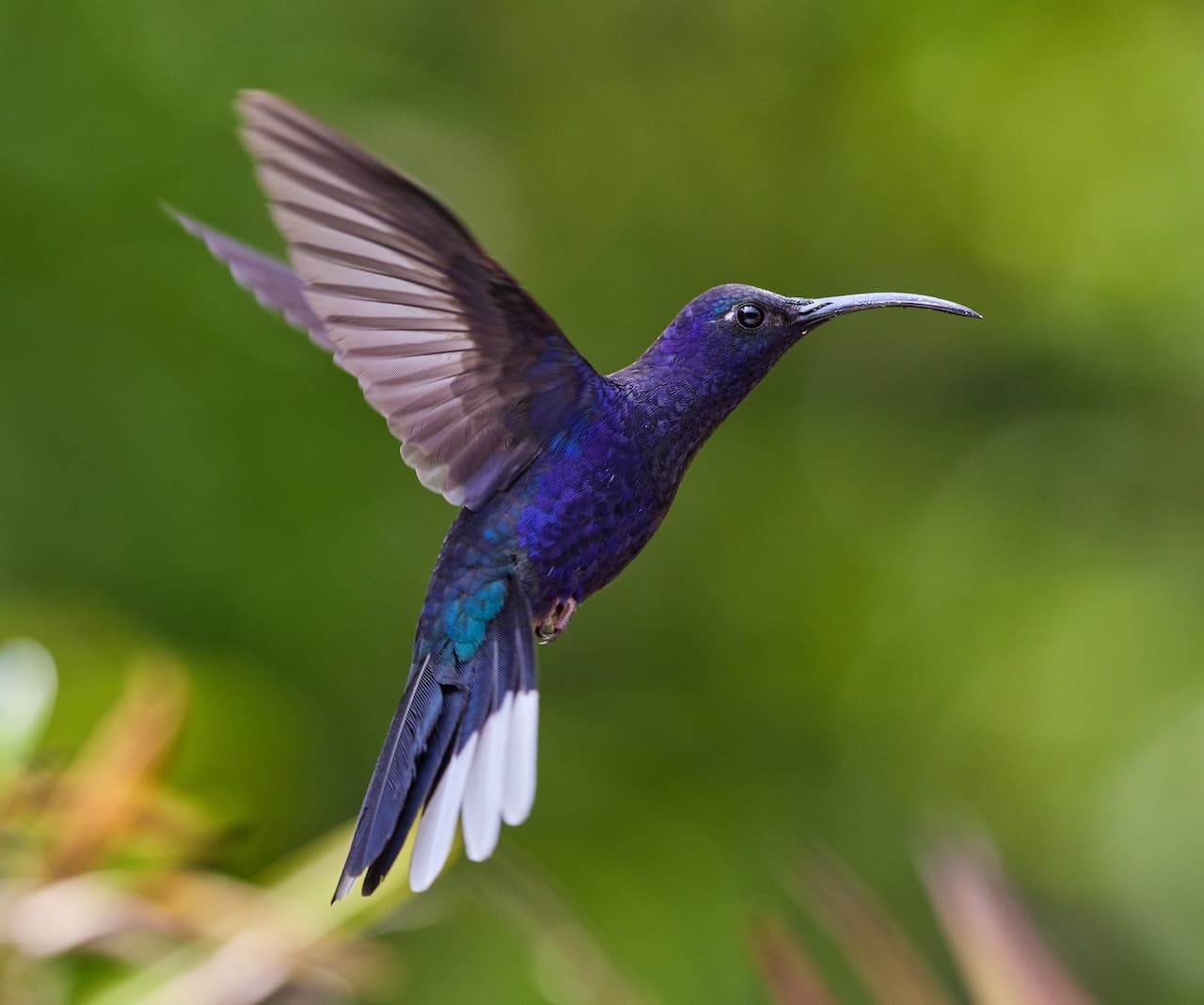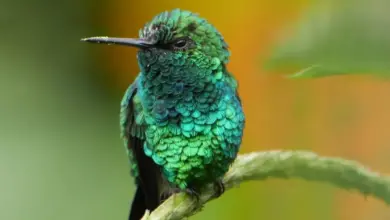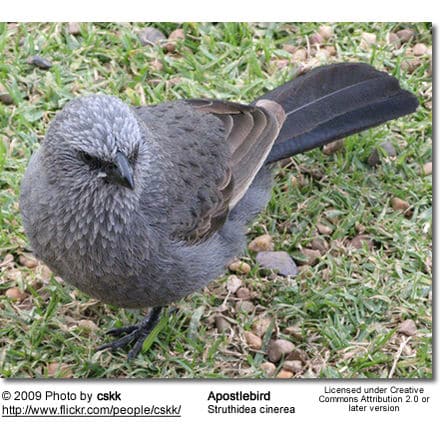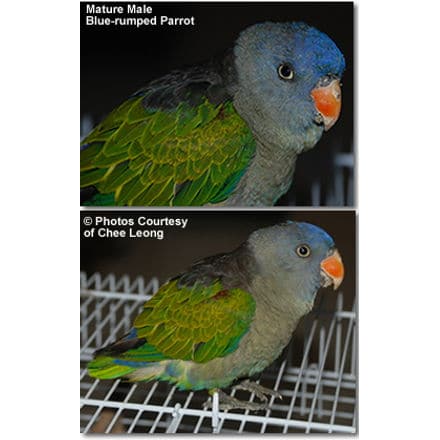Pale-vented Pigeons
The Pale-vented Pigeons are large New World (Americas) tropical doves. It is a resident breeder from southern Mexico south to Bolivia and northern Argentina and on Tobago and Trinidad, although it is very localized on the latter island.
(Columbidae – Please see also Doves)
Pigeon Information … Pigeon Intelligence & Amazing Facts … Species / Breeds … Breed Photo Gallery
The Pale-vented Pigeons, Patagioenas cayennensis (see Johnson et al., 2001), is a large New World (Americas) tropical dove. It is a resident breeder from southern Mexico south to Bolivia and northern Argentina and on Tobago and Trinidad, although it is very localised on the latter island.
The Pale-vented Pigeon is common at forest edges, riverbanks, and other partially open areas with some trees. It builds a small twig nest in a small tree, and normally lays one white egg.
Its flight is high, fast and direct, with the regular beats and an occasional sharp flick of the wings which are characteristic of pigeons in general. It also has a breeding display with a semi-circular glide down to its original perch. The call is a soft kuk-kuk-croo-ooo.
The Pale-vented Pigeon is 30-32cm long and weighs normally 230-250 g. It somewhat resembles a Scaled Pigeon, which has a similar display flight, but of course lacks that species’ scaly appearance. These two large species are the only pigeons which are often seen flying in the open away from forests.
Adult males have a mainly dull purple head, breast and upperpart plumage, with copper glossing on the nape and a whitish throat. The lower back and tail are dark grey and the lower underparts are pale grey. The bill is black and the legs, iris and eyering are red. The female is similar, but duller than the male, and immatures are greyish-brown, very dull, and mainly greyish brown.
The southern race P. c. andersoni has white lower underparts, rather than the pale grey of nominate P. c. cayennensis.
Pale-vented Pigeon feed mainly on small fruits, berries and seed. This is a fairly solitary bird, but may form small flocks at drinking areas.
Copyright: Wikipedia. This article is licensed under the GNU Free Documentation License. It uses material from Wikipedia.org … Additional information and photos added by Avianweb.
Personality and Pet Potential, as well as Pigeon Forums and Rescue Organizations
Please Note: The articles or images on this page are the sole property of the authors or photographers. Please contact them directly with respect to any copyright or licensing questions. Thank you.





